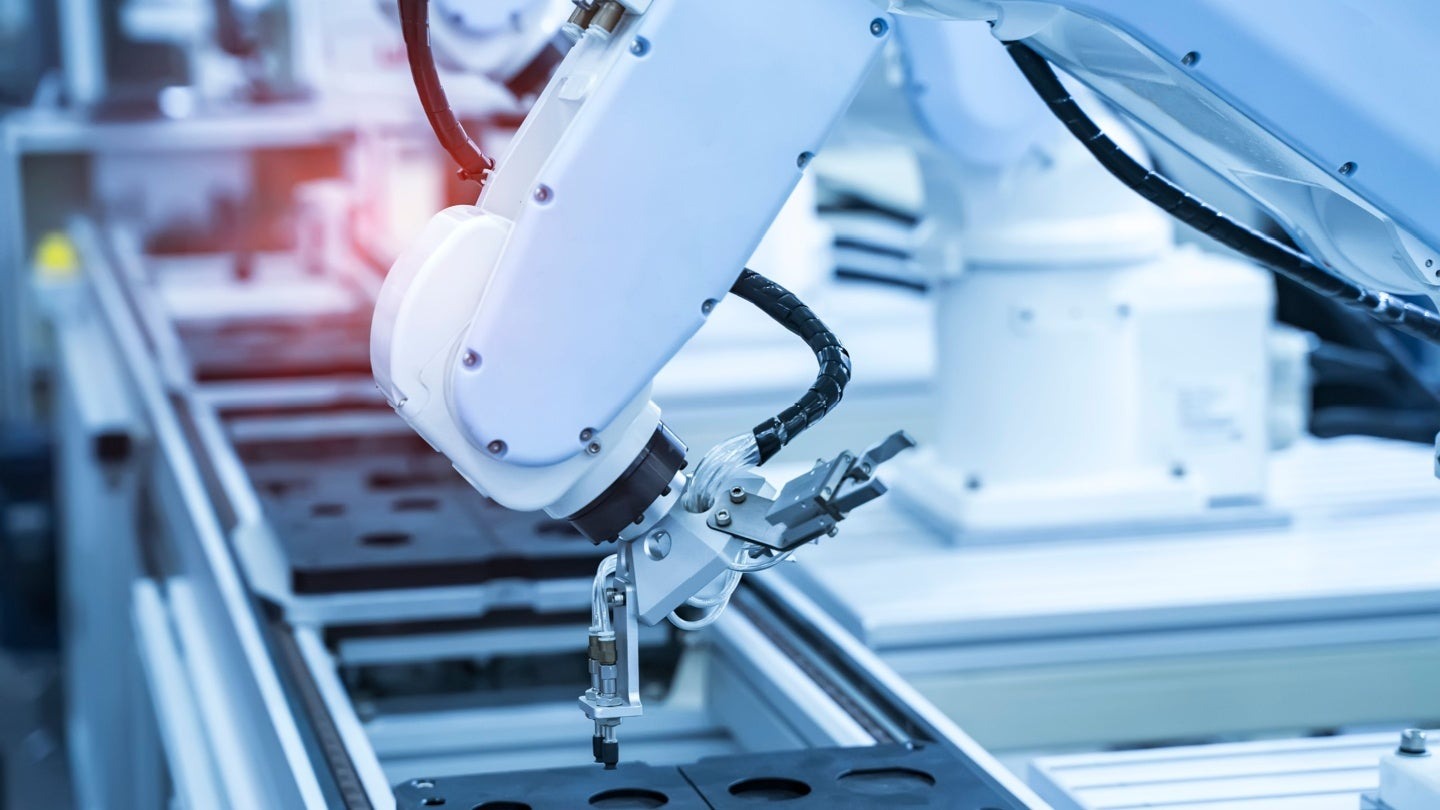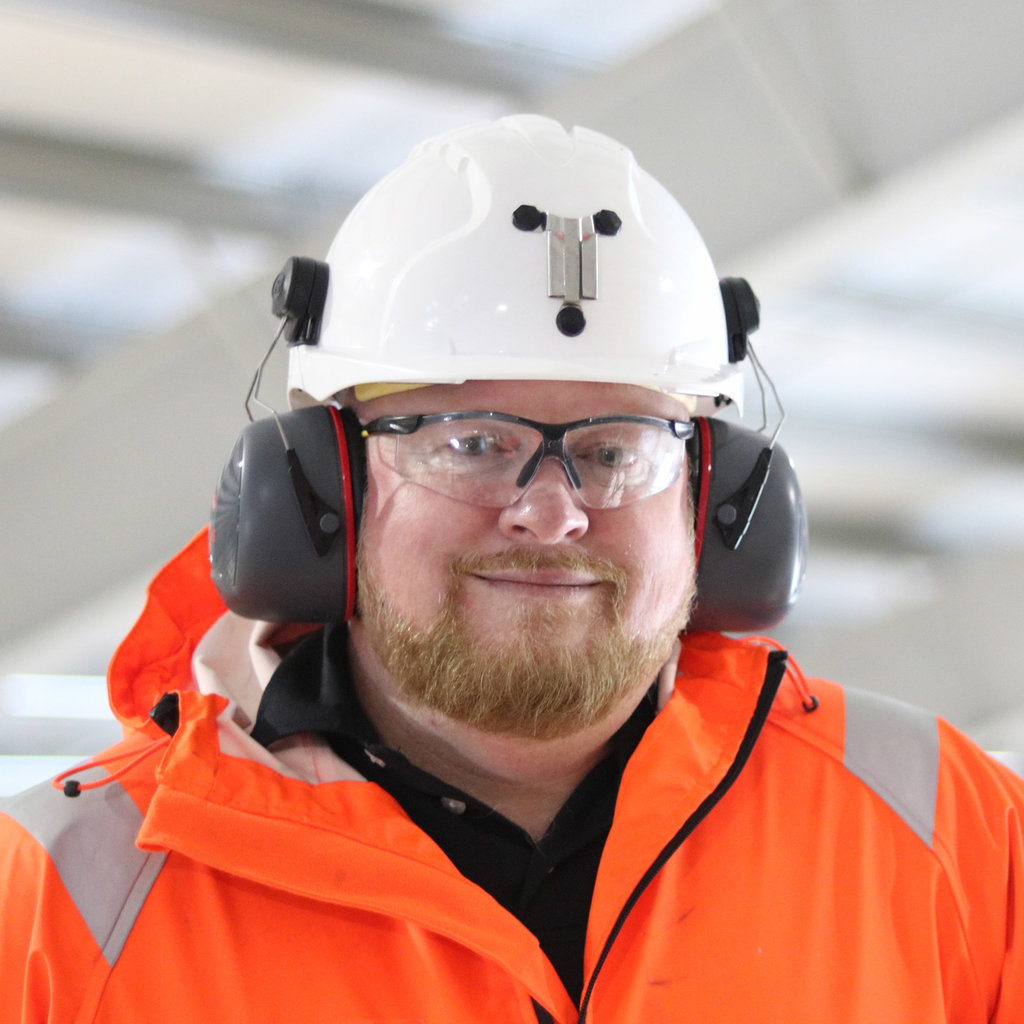Feature
Good manufacturing practice (GMP)
A University of Cambridge team has explored the synergy between lean manufacturing and technological engineering, with a view to enhancing product quality, eliminating waste and reducing costs and time to market in the medical device industry. By Bernard Banga.

Credit: asharkyu / Shutterstock
In medical device manufacturing, the qualification process is of paramount importance. Ensuring that every device meets stringent regulatory standards is not simply a bureaucratic hurdle but a vital component of patient safety and product efficacy. Good manufacturing practice (GMP) provides the framework within which this qualification process is performed, aiming to ensure consistent quality and compliance with international standards such as ISO 13485 and US Food and Drug Administration (FDA) regulations.
Challenges to efficient medical device qualification in manufacturing
The qualification of medical devices is a complex process fraught with numerous challenges that can significantly hinder efficiency. The most pressing issues include regulatory constraints, confidentiality concerns and an excessive focus on compliance over value.
One of the primary obstacles to efficient qualification is the often cumbersome nature of regulatory requirements. These regulations, which are designed to ensure safety and efficacy, can also impede the adoption of operational excellence tools. Stringent protocols and lengthy approval processes can delay the implementation of innovative practices that might streamline qualification and accelerate time to market.
The secretive nature of medical device companies further complicates the qualification process. Due to the competitive landscape and intellectual property concerns, companies frequently withhold information about best practices and effective methodologies. This lack of transparency restricts knowledge-sharing and the development of industry-wide improvements, since public documentation of successful strategies remains limited.
Finally, a substantial focus on meeting regulatory compliance often overshadows the critical need to enhance customer and stakeholder value. The pressure to adhere to regulatory standards can lead to an overemphasis on compliance at the expense of broader considerations such as user experience, market needs and overall product effectiveness. This misalignment can result in missed opportunities to drive innovation and improve device performance.
Exploring lean NPI best practices for medical devices
A team from the University of Cambridge has conducted a systematic literature review, examining articles from 2011 to 2021 sourced from databases such as Web of Science, Scopus and Medline. They reviewed and analysed existing lean and industry practices in new product introduction (NPI), with the objective of benchmarking and comparing lean NPI processes in the medical device sector with those in other industries, and of identifying best practices for integrating lean tools into medical device NPI processes.
‘Our primary goal has been to integrate lean tools with existing new product introduction processes to achieve continuous improvements’, said Nadeem Ahmad, senior research software engineer at the Department of Computer Science and Technology, University of Cambridge. This research highlights the potential for lean methodologies to streamline NPI processes, reduce time to market, and enhance the quality and compliance of medical devices. By adopting these best practices, the medical device industry can achieve significant improvements in operational efficiency and product quality, ultimately benefiting patient care and safety.
Integration of lean tools and technology for medical device efficiency
The Cambridge researchers meticulously examined several lean tools and techniques for improving efficiency and reducing waste in medical device manufacturing. The tools analysed include:
- Value stream mapping (VSM): used to identify and eliminate waste in processes by visualising and understanding the flow of materials and information.
- 5S pillars (sort, set in order, shine, standardise, sustain): enhance workplace organisation and efficiency.
- Kaizen: focuses on continuous improvement through small, incremental changes.
- Just-in-time (JIT): reduces inventory costs and improves production efficiency by aligning production schedules with demand.
- Total productive maintenance (TPM): enhances equipment efficiency and reliability through proactive maintenance practices.
The Cambridge team also integrated three major advanced technologies with lean practices to bolster efficiency:
- Digital twin: creates a virtual model of the production process, allowing for performance optimisation through simulation.
- Internet of things (IoT): facilitates real-time monitoring and data collection, providing immediate insights into the production process.
- Advanced analytics: identifies improvement opportunities by analysing data collected from various stages of the production process.
Results, benefits and future perspectives
The results of this study, The results of this study, soon to be published in the Journal of Biomedical Science and Engineering, demonstrate significant benefits. The implementation of lean methodologies in medical device manufacturing has shown a reduction in product development lead times by 50%. This approach provides cost savings by lowering production costs and reducing waste. The substantial waste reduction in new product development activities can reach up to 80% in some transactional settings. In summary, this approach enhances market competitiveness by speeding up the introduction of innovative products. ‘Integrating lean manufacturing principles with advanced technology engineering – such as automation, machine learning and data analytics – presents a promising approach to streamline and enhance the qualification process’, stated Ahmad.
This study confirms that the expected impacts of lean integration are substantial. A report by Deloitte also suggests that manufacturers who fully embrace lean methodologies can achieve a 15-30% reduction in production costs and a 25-30% improvement in operational efficiency. In its ‘Last Mile Delivery Market’ report, Grand View Research also reveals that lean practices can lead to a 40% reduction in lead times and a 50% improvement in on-time delivery rates. The current industry average rejection rate is around 5-10%, depending on the complexity of the device. By adopting lean practices, manufacturers aim to reduce this rate to below 2%.
The implementation of lean methodologies in medical device manufacturing opens up three major avenues for future research: in-depth studies of the long-term impact of lean practices on medical device NPI, exploration of newer lean tools and their applications, and the development of lean-compatible regulatory frameworks.
Navigating GMP and barriers to innovation in medical device development
Despite progress, the industry faces significant challenges, particularly during the qualification process
Regulatory compliance: One of the most pressing issues is the inconsistency in regulatory requirements across different regions. Stringent regulatory standards require extensive documentation and validation, which slows down product introduction. This often results in repeated testing and validation, potentially delaying product launches by up to 12 months. According to a Grand View Research study, over 50% of manufacturers reported at least one significant non-compliance issue during audits last year, highlighting frequent lapses in meeting regulatory standards. These challenges frequently arise during the design validation and process validation stages, where ensuring consistent and reproducible results is complex and resource-intensive.
Constraints on innovation: The need to demonstrate safety and efficacy prior to market launch often stifles innovation, and the complexity of integrating advanced technologies, such as artificial intelligence (AI) and the internet of things (IoT), into medical devices poses additional quality-related challenges. According to Emarketer Inc., IoT devices, which are expected to become a $187.6 billion market by 2028, offer numerous benefits, including improved patient monitoring and operational efficiencies. But incorporating these devices into existing healthcare infrastructure remains a complex task that involves overcoming technical, regulatory and interoperability challenges.
Management systems: Universal requirements for quality management systems (QMS) add to the complexity and lead time for bringing a product to market. Implementing and maintaining a QMS compliant with ISO 13485 requires extensive documentation and validation processes. For instance, ISO 13485 mandates the creation of 31 documented procedures, including for design control, production, and process validation. Each of these procedures must be meticulously documented and regularly updated to ensure compliance, which can be both time-consuming and resource-intensive.
“We do this all virtually on the computer, so we can make the osteotomy in multiple different places to decide where the most appropriate place to do the correction is.”
From here, relevant standard orthopaedic plates are selected for use in the surgery.
Following these preliminaries, surgical guides, jigs, and plastic models of the patient’s anatomy, in this first case the radius, are 3D printed and then sterilised for use in surgery.
“We make sure that the guide fits the bone in the patient exactly the way we planned for it to fit on the plastic bone. Once we have made sure that’s the case, we secure the guide to the bone with wires, and then we do whatever the plan has been,” says Lattanza.
In osteotomy, such plans generally involve drilling holes and then making the necessary bone cuts.
The great thing about this approach, Lattanza states, is that all that needs to be done to ensure the correction has been completed as planned during the surgery is to line up those holes.
She explains: “If the bone is rotated off 90° and when we drill those holes, they’re off 90° on the bone, we make the cut then we rotate and line up those holes to put the plate on because the plate holes are straight, and that’s how we know that we’ve got the correction.”
Beyond making relatively common osteotomies more accurate, a 3D provision also allows for more complex cases to be worked upon. Lattanza relays a recent case in which a child had broken the radius and ulna bones in their forearm.
“During the time that she was growing, this deformity got ‘very 3D’, meaning it was off in the sagittal, coronal, and axial plane,” says Lattanza.
“You can’t see the axial plane on an X-ray, and if you can’t see it, you can’t correct it.”
In this case, the procedure required two cuts in the radius to restore it to normal anatomy, and one in the ulna.
“In my career prior to having the 3D technology, that’s something that is difficult or impossible to plan and to execute in the operating room, because you wouldn’t even be able to see that you needed two cuts to make it normal again,” explains Lattanza.
Lattanza is keen to add that the influence of 3D printing on preoperative planning and during surgery should not be a cause for complacency, particularly given that there remain limitations to 3D visualisations of CT scans, chiefly in that the current technology cannot show soft tissue.
“Some people think that this is kind of a phone it in now, but that’s not how it works,” she says.
“This is a collaboration between an engineer and a surgeon, and it has to be that way to get a good result.”
Once we see where those changes are, we can plan where we’re going to cut the bone.
Dr Lattanza

Astrocytes are a type of neural cell that builds the BBB, and Excellio plans to derive exosomes from them to make them even better at targeting the brain. Credit: ART-ur / Shutterstock
Caption. Credit:

Phillip Day. Credit: Scotgold Resources
Total annual production
Australia could be one of the main beneficiaries of this dramatic increase in demand, where private companies and local governments alike are eager to expand the country’s nascent rare earths production. In 2021, Australia produced the fourth-most rare earths in the world. It’s total annual production of 19,958 tonnes remains significantly less than the mammoth 152,407 tonnes produced by China, but a dramatic improvement over the 1,995 tonnes produced domestically in 2011.
The dominance of China in the rare earths space has also encouraged other countries, notably the US, to look further afield for rare earth deposits to diversify their supply of the increasingly vital minerals. With the US eager to ringfence rare earth production within its allies as part of the Inflation Reduction Act, including potentially allowing the Department of Defense to invest in Australian rare earths, there could be an unexpected windfall for Australian rare earths producers.
